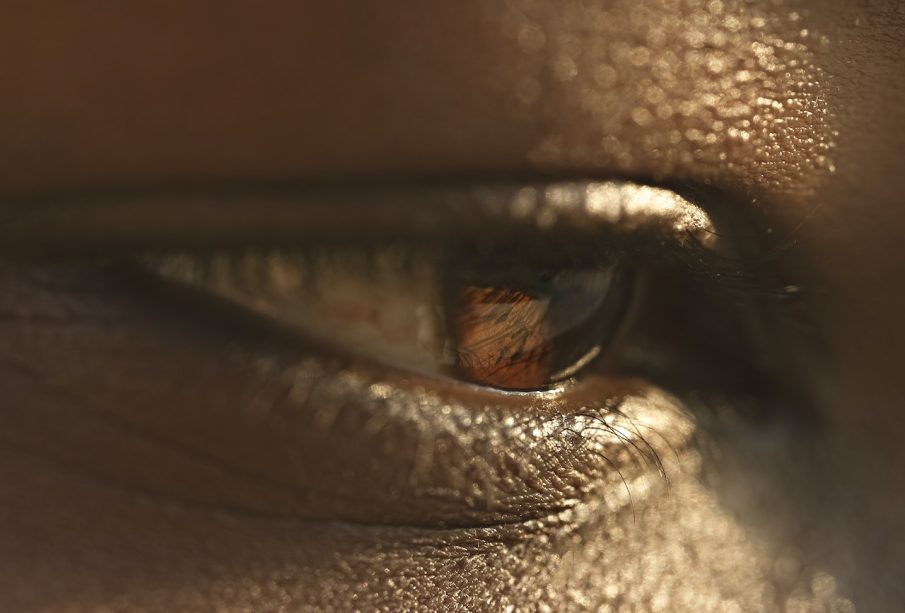Which Eye Is Dominant

There is a lot of debate surrounding which eye is dominant, but the truth is that we simply cannot tell without an exam. In fact, even if someone has had surgery to restore their vision in one eye, they may still have difficulty telling you which eye is dominant. The reason for this debate surrounds the fact that each of our eyes relies on different parts of the brain and body to function. Therefore, it can be difficult to determine which eye is dominant without an exam.
What Is Eye Dominance?
There is no definitive answer to this question as it depends on a person’s natural physiology and personality. However, research suggests that people with a dominant eye are more likely to be creative and intuitive. This may be because they’re better at processing visual information quickly and accurately. People with a dominant eye also tend to have better vision in the center of their field of view.
According to the “A Dictionary of Psychology” by Dr. Allen J. Charles, “the dominant eye is the eye which is most active and developed in vision.” In other words, it’s the eye that is used for most tasks and activities in life.
The dominant eye is usually associated with better sight, since it’s responsible for making sense of what we see. The non-dominant eye may also be used for some tasks, but it’s usually less active and may not be as developed. In fact, many people use their non-dominant eye more when they’re reading because they naturally favor that side of their brain.
It’s important to know your dominant eye because you can use certain techniques to improve your sight. For example, if you have a problem seeing in the dark, try wearing sunglasses that are designed for your dominant eye. Or you could try using a magnifying glass to increase the size of text or images onscreen so that you can read them more easily.
Read More : Sanpaku Eyes
What Are the Causes of Eye Dominance?
There is no definitive answer to this question as it can vary from person to person. However, some factors that may contribute to eye dominance include genetics, hormones, and neurological conditions. Additionally, lifestyle choices — such as whether or not you wear glasses or contacts — can also influence which eye is dominant.
Generally speaking, the eye that is most dominant in terms of function will be the one on the left side of the body. This is due to the fact that most people are right-handed and use their left hand for everyday tasks, such as writing and eating. However, there are some exceptions to this rule. For example, if a person has a disability that affects their right hand more than their left hand, then their dominant eye may be on the right side of their body.
In addition to dominance in terms of function, one’s eye color may also determine which one becomes dominant. People with lighter eyes typically have a dominant left eye due to the fact that light travels more easily through thin tissue in the retina than dark matter does.
What Are the Signs and Symptoms of Eye Dominance?
The eyes are usually considered to be of equal strength and importance, but in reality one eye is usually dominant over the other. There are a number of signs and symptoms that can indicate which eye is dominant, but often it is only possible to determine this with an eye exam.
One of the most common signs that one eye is dominant over the other is when people have difficulty correctly focusing on objects close to their face. People with a dominant eye generally have a harder time controlling their focus, while people with a weaker eye tend to have better control. People with a dominant eye also tend to find it harder to read and write than people with a weaker eye.
Other common signs that one eye is more dominant than the other include:
-People with a dominant eye often have shorter telespines (the thin strands of tissue that stretch from the back of your eyeball towards the front) than people with a weaker eye. This can make it difficult for someone with a weak eye to see clearly at close range.
-People with a stronger eye usually have more developed optic nerve tissue, which means they are better able to see in dim light and far away objects.
-People with a strong or dominant eye often suffer from less serious conditions such as amblyopia (weakness in vision due to inadequate development of the optic nerve), strabismus (misaligned eyes), or myopia (nearsightedness).
Read More : Sanpaku Eyes
How Can You Diagnose Eye Dominance?
If you are a person who uses one eye more than the other, then your dominant eye is most likely your right eye. If you are left-eyed, then your left eye is most likely your dominant eye. There are many ways to determine if you have dominance in one or both eyes, but the most common way is through an eye chart. You will be asked to look at a series of images that will have either letters or numbers on them. Your goal is to identify which image is shown in the center of the chart and then match it up with the letter or number that is shown next to it. If you can identify the image quickly and without any errors, then you have dominance in that eye.
If you find that you have difficulty identifying images by looking at them through a chart, then an ophthalmologist may perform an exam called an optometry exam. During this exam, your doctor will ask you to examine different objects close up and see if you can identify what they are. He or she may also ask questions about how well you see in different light conditions. This information will help your doctor determine whether dominance exists in one or both eyes and whether corrective lenses are necessary for certain tasks.
Treatment for Eye Dominance
If you’re wondering which eye is your dominant eye, there’s no one-size-fits-all answer, as the dominance of one eye can vary depending on your individual vision and other physical characteristics. However, some general methods that may help to treat an overdominant eye are described below.
Some people who are overdominant in one or both eyes may find relief by wearing a patch for a certain period of time each day. This type of patch blocks light from the area that is dominantly overused and can help to improve vision in that area. Other treatments may include wearing glasses that correct for an overdominant eye, having surgery to change the structure of the eyeball (an operation called a cataract surgery), or using medication such as bifocals or contact lenses to make use of an underused eye.










